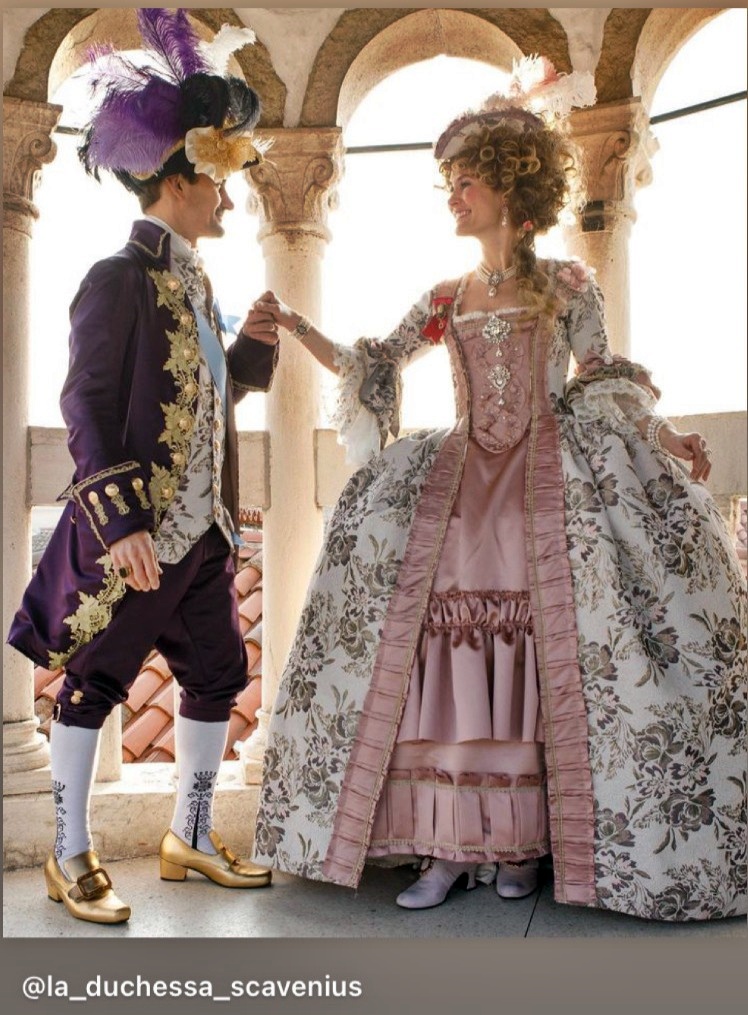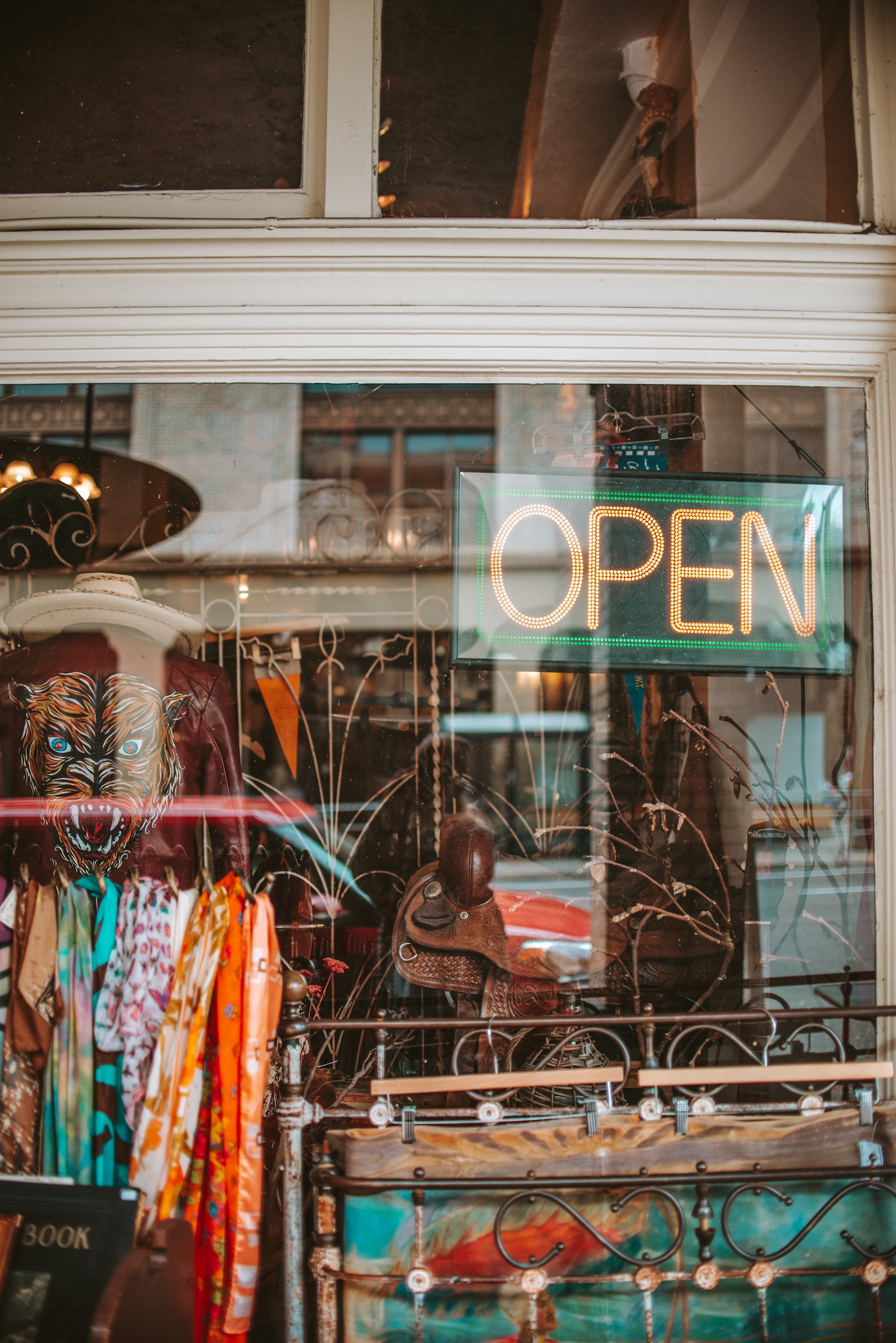“Keys, phone, wallet…” like many of you this is my leaving-the-house mantra. I also almost never leave the house without my sunglasses, but I typically have those already on my body before I repeat the mantra. Like sunglasses; phones and wallets are things women have carried with them for less than a hundred years. When I took a look at the history of sunglasses on the blog this summer it was a surprise to learn what a newly-common accessory they are. And of course, my mind got working.
I got curious about the history of women’s wallets and the other things in my bag and was once again surprised. Like sunglasses, I was expecting to find examples through time, especially during the art deco period. Instead, I found a flurry of activity beginning in roughly the 1950s.
While men have been using what we think of as a wallet for centuries, it would be a slow evolution for women to adopt the device…
Precursors to women’s wallets
The wallet/pocketbook as we know it today may be relatively new, but women have been carrying multiple small items around on their person since antiquity. In some ways, the precursors to the modern-day seem a bit more convenient to me!
Tie-on pockets

Pockets have been around probably as long as clothes have. However, they only became attached to the insides of our pants in the last hundred years (give or take!). In the 15th and 16th centuries, they became popular fashion accessories for men to transport the essential items needed in a day spent away from home. Women, on the other hand, wore their pockets on the inside of their skirts.
These pockets serve the same purpose as the combination of a hand bag and wallet do today. They held grooming supplies, things required for correspondence, money, and more. Below are more examples.


Read all about the fun history of women’s tie-on pockets and what they held on our blog post: Private purses: women’s tie-on pockets
Reticules
Dainty purses or satchels are seen on and off as part of a woman’s wardrobe for centuries. They emerged as a widely popular trend in the Regency period as the straight, form-fitting empire waist dresses and gowns became the standard look, as the style did not allow for bulky pockets to be tied underneath one’s skirt. Known as reticules, these miniature bags were often carried on the wrist and held the same objects as tie-on pockets.

Ritucules were still used but were less common during the Victorian era, as the larger-than-life skirts made space once again for pockets and freed the hands of women. As the Edwardian era approached, skirts made their way once again to the sides of the hips and they came back with a vengeance.

This style of bag would remain the standard up until the popularity of the wallet as we know it today became common for women. In fact, the term “reticule” would cease to be the norm, with many such bags even being referred to as “wallets.”
Get one of your own! Explore our collection of reticules here.
Read all about the history of the reticule on our blog post: What’s in your reticule?

Also, swoon!
Enter women’s wallets
While women have only been using them since the 1950s, the term “wallet” as referring to a holder of one’s personal items, especially currency, dates back many hundreds of years. Brave Soles cites the following early sighting:
“The precursor to our modern day wallet came about in the 1300s, described as a bag to carry valuables. By the Renaissance, wallets could be simple or very ornate with crests and stitching. The Elizabethan merchant, John Frampton, was described by historian Lawrence C. Wroth as,
“A young English-man of twenty-five years, decently dressed … wearing a sword, and carrying fixed to his belt something he called a ‘bowgett’ (or budget), that is, a leathern pouch or wallet in which he carried his cash, his book of accounts, and small articles of daily necessity”.
The word’s origin is dubious. Says Allett.com:
“The word ‘wallet’ is such a commonplace word, we generally don’t think about where the word came from originally and why we use that particular word to describe where we keep our cash, debit and credit cards, identity cards such as drivers license and an array of other useful items.
It’s interesting to understand how the wallet got its name. The origin of the word Wallet can be traced back from the ancient Greek word Kibisis which was the word used to describe the sack carried by the God Hermes. Kibisis has historically been translated as Wallet.”
Wikipedia, on the other hand, claims:
“The word originated in the late 14th century, meaning “bag” or “knapsack”, from uncertain origin (Norman-French golette (little snout)?), or from similar Germanic word, from the Proto-Germanic term “wall”, which means “roll” (from the root “wel”, meaning “to turn or revolve.”[1] (see for example “knapzak” in Dutch and Frisian). The early usage by Shakespeare described something that we would recognise as more like a backpack today. The modern meaning of “flat case for carrying paper money” is first recorded in 1834 in American English.
Wallets were developed after the introduction of paper currency to the West in the 1600s. (The first paper currency was introduced in the New World by the Massachusetts Bay Colony in 1690.) Prior to the introduction of paper currency, coin purses (usually simple drawstring leather pouches) were used for storing coins. Early wallets were made primarily of cow or horse leather and included a small pouch for printed calling cards.
Wallets as storage for paper currency were used with growing popularity by men after the 1700s. Many of our female readers will be envious of these pocketbooks.



Beautifully crafted, they were often worn outside of a man’s ensemble attached to a belt or waistband. This would explain why women didn’t use them, as they typically kept their important items in their tie-on pockets, save for the on-and-off trend of the reticule.

Things would reverse in quite a humorous way in the 1910s and 1920s. The tailor-made suit hit the market, with pants and suit pockets galore. At this point men began to carry their wallets in these pockets, remaining the standard to this day.
Once again, women were largely kept from carry their small belongings this way. Why? For the same reason as during the Victorian era, but in reverse. Women’s clothing was once again shapeless and hugging the figure, preventing tie-on pockets from having much use. The handbag/reticule would find its way back to women’s wrists and remain there for the next few decades.


Mid-century modern
Women’s wallets as we know them today began to be widely marketed in the 1950s. There were two reasons for this. First, the style of the handbag changed, becoming much more spacious and thus allowing for more items to be carried. While the Edwardian-style reticule had only enough space for the money itself, the handbags of the 1950s finally made it logical for money to be stored this way.
The second reason wallets became a female craze in the 1950s was America’s infatuation with plastics and other new materials. (This is also one of the main reasons for the paper dress trend I covered recently).

You can clearly see the emphasis on the “new and shiny” marketing angle used to sell wallets to the fairer sex.

The use of cheap materials to create women’s wallets during this time is also why it is so hard to find examples. They became stylish but relatively disposable items meant to be replaced every few years. Admittedly mine is made of such material, though I do love it!

What about you? Is your wallet a signature piece?
More about women’s accessories through time:
1950s: The Golden Age of sunglasses















Thank you!
These pictures are really beautiful. Wallet designs can be of large variety. Thank you very much for sharing the information above. Keep posting!
Messenger bag UK